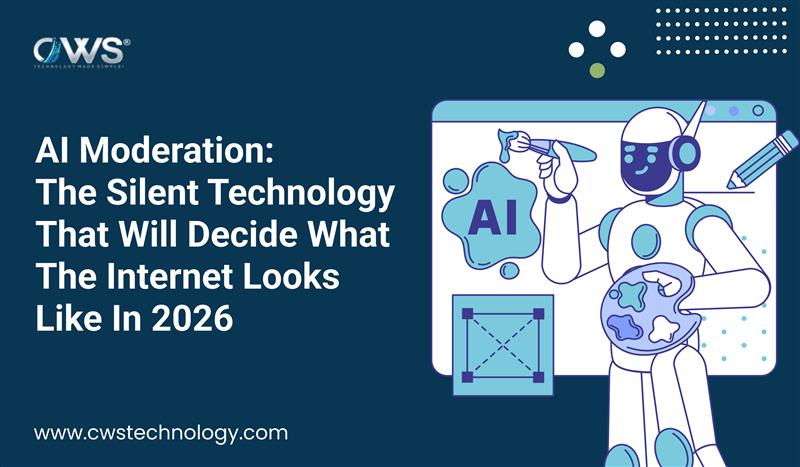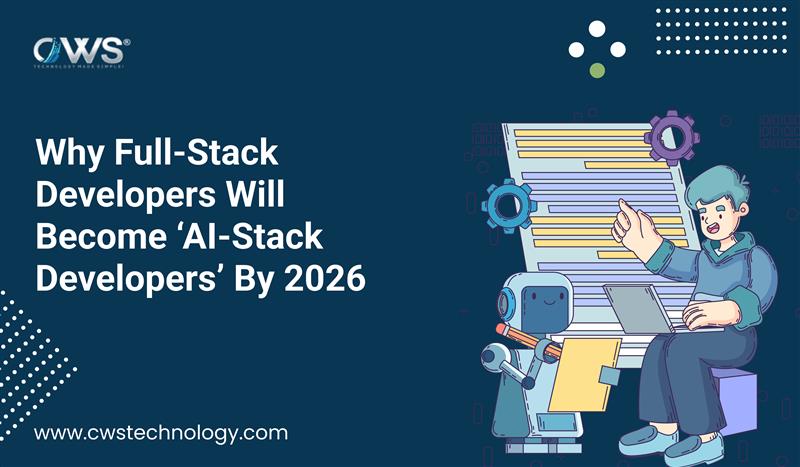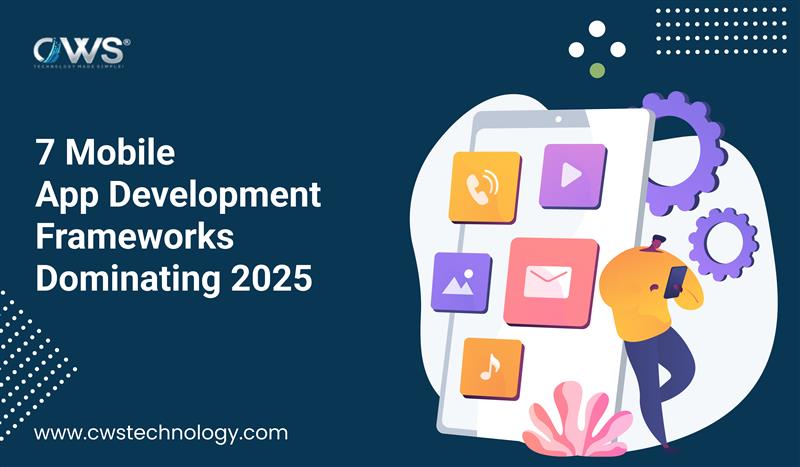Chatbots are becoming an essential part of businesses. They provide round-the-clock assistance, boost customer engagement, and streamline tasks, making them indispensable for many organizations. This guide will walk you through the core skills and best practices needed for mastering chatbot development services.
What is AI Chatbot Development?
Before we dive into the skills and techniques, let’s understand what AI chatbot development is. Simply put, AI chatbots are automated systems that simulate conversations with users. Whether it’s for customer service, lead generation, or answering FAQs, AI chatbot solutions are transforming the way businesses interact with their customers.
If you need software development services, feel free to reach out to us!
Essential Skills for Chatbot Development
AI chatbots have become a game-changer for businesses and individuals alike. From answering customer queries to assisting in complex tasks, AI chatbots are everywhere. But how to build an AI chatbot that’s efficient, helpful, and user-friendly? Let’s break it down into simple steps so that even those new to this can understand how to create an amazing AI chatbot that people will love to use.
6 latest Google AI updates on AI chatbots
1. Programming Languages and Frameworks
To build an efficient chatbot, you need to have a solid understanding of programming languages like Python, JavaScript, or Ruby. Each of these languages comes with frameworks and libraries that make chatbot development easier. For instance, Python’s libraries such as NLTK and spaCy are excellent for natural language processing (NLP).
Some popular chatbot frameworks include:
- Dialogflow by Google
- Microsoft Bot Framework
- Rasa for open-source solutions
These frameworks offer tools to build, test, and deploy chatbots without starting from scratch.
2. Natural Language Processing (NLP)
The real magic of chatbots lies in their ability to understand human language, which is why NLP is a crucial skill. With NLP, your chatbot can process and interpret user inputs, enabling it to respond intelligently. Understanding the basics of tokenization, sentiment analysis, and text classification can significantly improve your bot’s performance.
NLP helps in:
- Understanding context: It enables the bot to grasp the user’s intent.
- Handling variations: People ask questions differently. NLP allows the bot to handle multiple variations of the same question.
3. AI and Machine Learning
If you’re aiming for a truly smart bot, you’ll need AI and machine learning (ML). AI-driven bots improve with time and learn from user interactions. Machine learning helps chatbots adapt to new situations without being explicitly programmed for each scenario. This is essential for building AI chatbot solutions that provide a more personalized user experience.
For AI chatbot development, understanding algorithms like:
- Decision trees
- Neural networks
- Reinforcement learning
Can help make your bot smarter and more responsive
4. API Integration
Your chatbot should not function in isolation. API (Application Programming Interface) integration allows your bot to interact with external systems. For instance, a customer service chatbot may need to pull user information from a CRM system. API integration is key for bots to access the data and functions needed to complete tasks.
APIs help in:
- Real-time responses: Connect your chatbot to weather services, flight tracking, or any other live data.
- Performing tasks: With API, a chatbot can place orders, retrieve user info, and much more.
5. User Interface (UI) Design
While chatbots are conversation-driven, user experience still plays a major role. A bot that looks and feels intuitive will improve user engagement. Whether it’s on a website, a mobile app, or social media, your bot’s design matters. Focusing on simple interactions, clear call-to-actions, and a smooth flow will make your chatbot much more user-friendly.
6. Testing and Debugging
Building a chatbot is only half the job. You need to rigorously test and debug it to ensure that it works smoothly. This involves checking for edge cases, such as how the bot handles unexpected inputs, and refining its responses. Continuous monitoring and testing are essential for improving chatbot performance.
Best Practices For Building AI Chatbots
Now that you know the essential skills, let’s talk about best practices that can help you create effective chatbots.
1. Define the Purpose Clearly
Before you start coding, it’s crucial to define what your chatbot will do. Will your chatbot be designed for customer service, lead generation, or another purpose? A clearly defined purpose will help guide the bot’s development and ensure that it meets user expectations.
2. Start Simple and Scale Gradually
It’s tempting to create an all-in-one chatbot right away, but it’s better to start small. Begin by addressing one or two core functionalities and then gradually scale as you gain more insights from user interactions. This approach ensures that your bot is stable and avoids overwhelming users.
3. Ensure Conversational Flow
No one likes a bot that sounds like, well, a robot. To improve user engagement, your chatbot should have a natural conversational flow. It’s not just about answering questions but about doing so in a human-like manner. Use NLP to handle context, emotion, and follow-up queries effectively.
4. Personalization is Key
Users appreciate personalized experiences. With machine learning and user data, you can tailor responses to individual users. For example, a returning customer could be greeted by name and offered suggestions based on previous interactions. Personalized chatbots not only improve user satisfaction but also enhance customer loyalty.
5. Provide Error Handling
Chatbots are not perfect, and they might not always understand a user’s input. Make sure your bot can handle errors gracefully. Instead of delivering a “Sorry, I don’t understand” message, offer alternative suggestions, ask for clarification, or provide helpful links. This will prevent frustration and keep users engaged.
6. Keep Data Privacy in Mind
When building chatbots, especially for industries like healthcare and finance, it’s important to consider data privacy. Make sure your bot complies with regulations such as GDPR. Always inform users how their data will be used and offer options for them to opt out if they feel uncomfortable.
The Future of AI Chatbots
AI chatbots are constantly evolving, with new features and capabilities emerging regularly. From voice-activated assistants like Siri and Alexa to text-based customer service bots, the future looks bright for chatbots. As AI continues to advance, we can expect even more sophisticated AI chatbot solutions that can handle complex tasks, understand emotions, and provide even more personalized user experiences.
Conclusion
There’s a lot to learn from understanding the right programming languages to integrating AI and machine learning. But with the right skills and best practices, you can build AI chatbots that are not just smart but also highly engaging and efficient.
Whether you’re a developer just starting or an experienced coder, following these guidelines, will help you create chatbots that truly make a difference for businesses and users alike.
Must Know-: How To Build Modern Applications
Tags:-
Related Blogs-:








